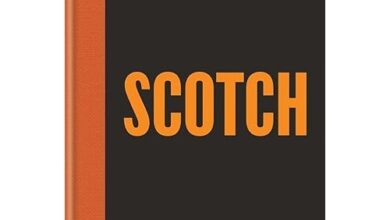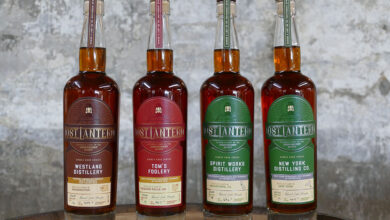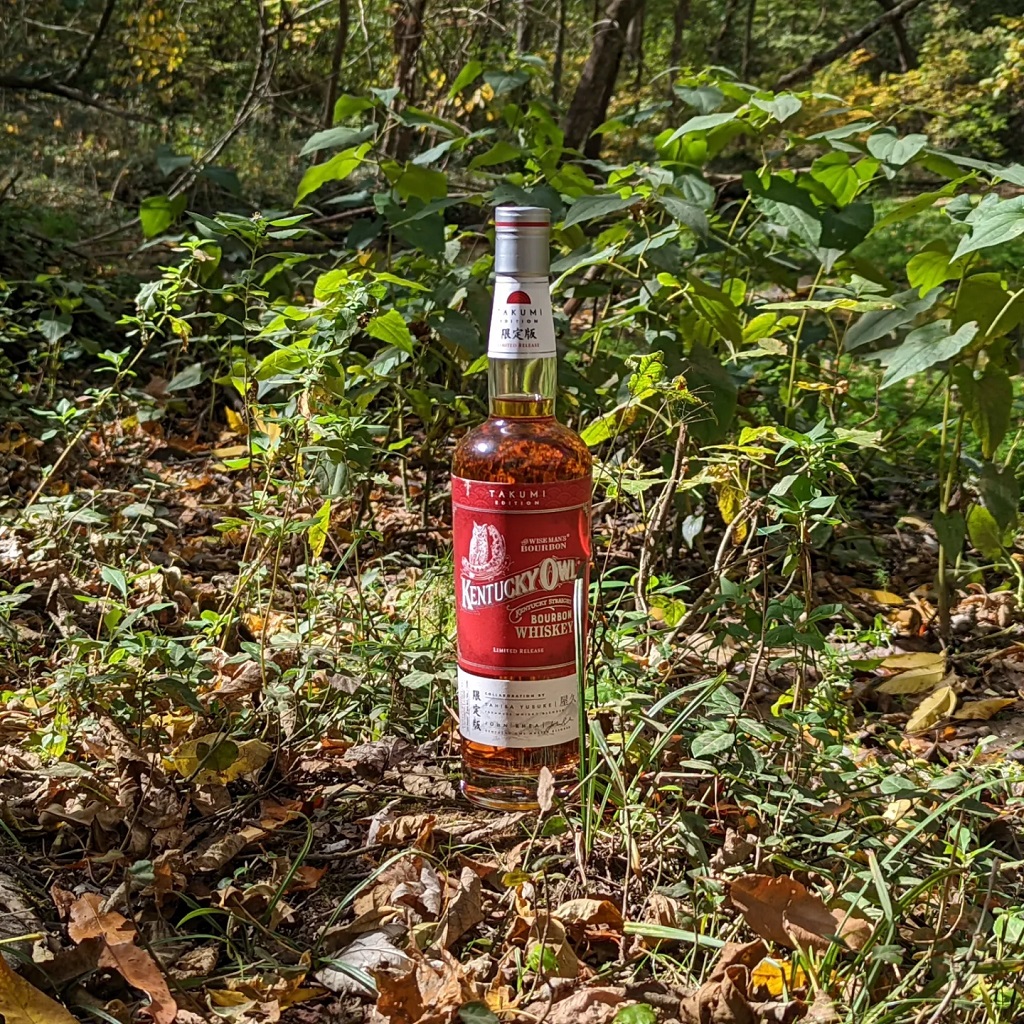Whisky Diplomas With The Edinburgh Whisky Academy
By Paer Johansson
“What am I really doing here?” I felt I had to ask myself, standing in the rain in the center of Edinburgh, way too early on a Wednesday morning?

(Credit: Paer Johansson)
I was waiting for the ride to the Diploma course in Single Malt Whisky held by the Edinburgh Whisky Academy (EWA). But my concerns started to dispel when John picked up myself and a few other participants for a scenic drive out to the beautiful Arniston House near Gorebridge outside of Edinburgh.
Once there, after having been greeted with coffee, bacon rolls and many friendly smiles, my doubts turned fully into feelings of excitement and anticipation. The venue for the next three days was a lovely family-owned estate from 1571 that nicely framed the very traditional topic of whisky. Looking around the hall moments before the course started, it was clear that the participants came from all corners of the world from Hong Kong and China; the UK and Belgium; and Canada. The mix promised many interesting interactions.
The diploma course runs for two days and covers the whisky topic very thoroughly through chapters such as “History of whisky”, “Business of whisky”, “World whisky” and the various aspect of whisky production and appreciation. The teacher for these two days was the very knowledgeable Vic Cameron, who has impressive experience in the whisky industry, including 23 years at Diageo. His enthusiasm and love for Scotch Whisky is infectious and he soon had all the 15 students on the edge of their seats lapping up the knowledge and asking probing questions.
The verbal delivery of the well-presented material was complemented with plenty of graphics and many interesting and funny anecdotes from the world of whisky (such as “make sure you filter out the frogs from the water-source…!”).

Lunch is included, tasty and very welcome after a half-day packed with information. Who knew that you could spend more than an hour only on the subject of barley? We all know that malt whisky is a product solely of malted barley, yeast and water, but did you know that only 50% of the barley for Scottish Whisky is grown in Scotland or that the nitrogen levels in barley need to be between 1.4% and 1.6% for optimum production yield?
The afternoon followed the interesting and knowledge-packed pattern and I was continuously amazed by the width and breadth of the topic of whisky and thankful to have an expert guide like Vic leading me through production methods, wood-types (Quercus alba or Quercus robur, anybody?) and the effects of various fermentation-times.
After this theory-packed, first day, one of the highlights of the course followed, which was a visit to the Glenkinchie Distillery. Guided by Vic, we all got a chance to see the theory turned into practice with a great, factual narrative and to participate in a nice tasting in the end.
The next day started equally early and rainy as the first, but without the doubts as I now really looked forward to the learning experience and the beneficial and fun interaction with the other students. The variation of nationalities, purpose and backgrounds was refreshing and I happily nattered away (during breaks only) with a wine-importer from Hong Kong, a leader of tastings from Canada and three whisky-enthusiasts from Belgium.
After lunch we had a discussion and a session about “whisky-appreciation” where we got a chance to try several different whiskies and focus on differentiating between key sensory differences such as smoky or not smoky aroma, sweet or fruity flavors as well as different mouth-feels and after-tastes.
The day concluded with a two hour written exam covering all the seven topics of the course as well as a practical test in identifying major flavors and smells from a range of samples. It is, after all, a bona fide diploma course certified by the Scottish Qualifications Authority.

The first two-day diploma was for me to be followed directly by the one-day Diploma in the Art of Tasting Whisky, but first I got a chance to experience some of the highlights of Edinburgh’s whisky-scene together with some of my fellow students. We were merrily going from bar to bar, tasting beautiful whiskies, eating haggis and talking about our experiences prior to and during the course.
As surprised as I was during the first course at the level of complexity and (to me) undiscovered facts about the whisky-world, I was again equally surprised during the next and final day of this whisky-adventure. Whisky is a liquid you drink and like and not like, right? Well, we all know that you can distinguish and appreciate the nose, taste, after-taste and complexity of whiskies and that some are stronger, smokier and sweeter than others. But as the teacher for the first half-day; Dr Gordon Steele (previous Director of the Scotch Whisky Research Institute) in an impressive level of detail went through the olfactory system and the links between psychology and taste experience, my appreciation for the complex, volatile compounds in whisky increased. The slightly heavy theory of biology and chemistry was expectedly varied with a practical session of nosing.
The second half of the day was taught by John Ramsay, who many of you know as a legend in the whisky industry after more than 40 years of work, the last 17 as Master Blender for Edrington (including Famous Grouse, Cutty Sark, Highland Park). This part of the tasting course started with a very interesting odor recognition test where all of us got 10 minutes to nose 20 small bottles containing a variety of different aromas often found in Scottish Whisky. This test, developed by the Scotch Whisky Research Institute, is the same one used by most Scottish distilleries and organizations when selecting participants for tasting panels and gave us all a great indication of how complicated this world of smells and congeners really is. For me for example, I smelled rosemary when the substance in the little bottle actually was lavender, which I at first was disappointed at and thought strange, but when I analyzed it, I realized that we have these two bushes next to our entrance of my house, so these two smells are for me linked to the same memory and experience, making them different to distinguish.
This test was followed by further, enthusiastically presented topics of “Flavor Development” and “The Influence of Oak”, concluded by (yes, you guessed right) another exam. The well-written exam was complemented by a surprisingly vexing tasting test to really ensure all participants grasped the theoretical as well as the practical side of appreciating whisky before receiving their qualification.
During the long and scenic rail-journey back to London I had plenty of time to reflect back upon the brilliant and surprising last three days. Who knew there was so much to learn about the world of whisky and that there are so many aspects to appreciating this liquid and the legacy, history, culture and people associated with it.
I would strongly recommend both these courses (preferably in succession) for anybody who has a keen interest in whisky whether or not you are in the industry, aspire to join it in any capacity or just enjoy a great dram (or a few).
The costs of these two courses are £850 and £495 respectively (which includes your SQA registration fees) which I consider great value. It’s a unique, well-constructed education, taught by expert teachers and will expand anybody’s knowledge and horizon in all aspects of Uisge Beatha. Sláinte!




